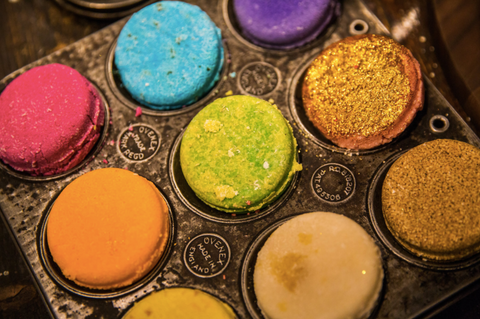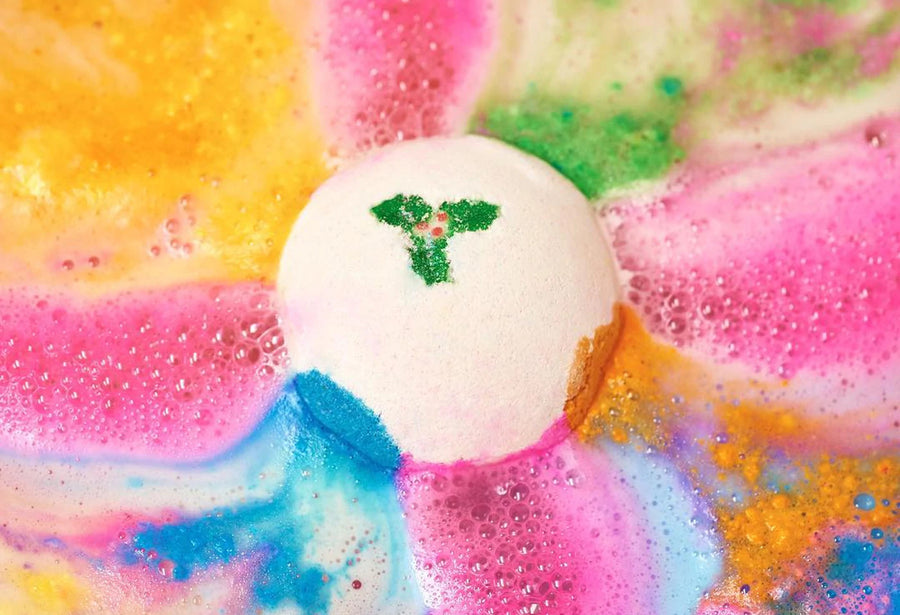Sweet treat
The date palm (Phoenix dactylifera) probably originated in the Persian Gulf and it was a particularly important food source for the ancient African and Middle Eastern civilisations. Nomads used to carry dates on their travels through the deserts and planted the pits at oases they passed. Today, date palms are also grown in the Canary Islands, Pakistan, India, and the U.S. state of California.
Dates and figs were the main fruit-based sweeteners for the Ancients. Before refined sugar was developed, fresh and dried dates were eaten as sweetmeats.
The ancient Egyptian and Mesopotamian civilisations treasured dates. Cakes and pastries were made using date flour, pastes and syrups. In Greek and Roman theatres, dates wrapped in gold leaf were sold as snacks.
The tree was also an important source of wood, fibre and sap. The date palm has inspired a great deal of symbolism. Palm leaves are still used as religious symbols on Palm Sunday by the Christians and Passover by the Jews.
There are several kinds of dates, ranging from cylindrical to finger-shaped and varying in sweetness, colour and texture. Dates are generally around 50% sugar and contain fibre, as well as some protein, vitamins and minerals. The English word is probably derived from the Latin dactylifera and Greek dactylos.
The trees begin to bear fruit at around 4-5 years and are at their most fruitful at around 10-15 years of age. Each tree can produce up to 80kg of dates. The date palm can live for 150 years, but since they would have stopped bearing commercial quantities of fruit at that age, most cultivated trees have much shorter life spans.
BROWSE MORE INGREDIENTS














